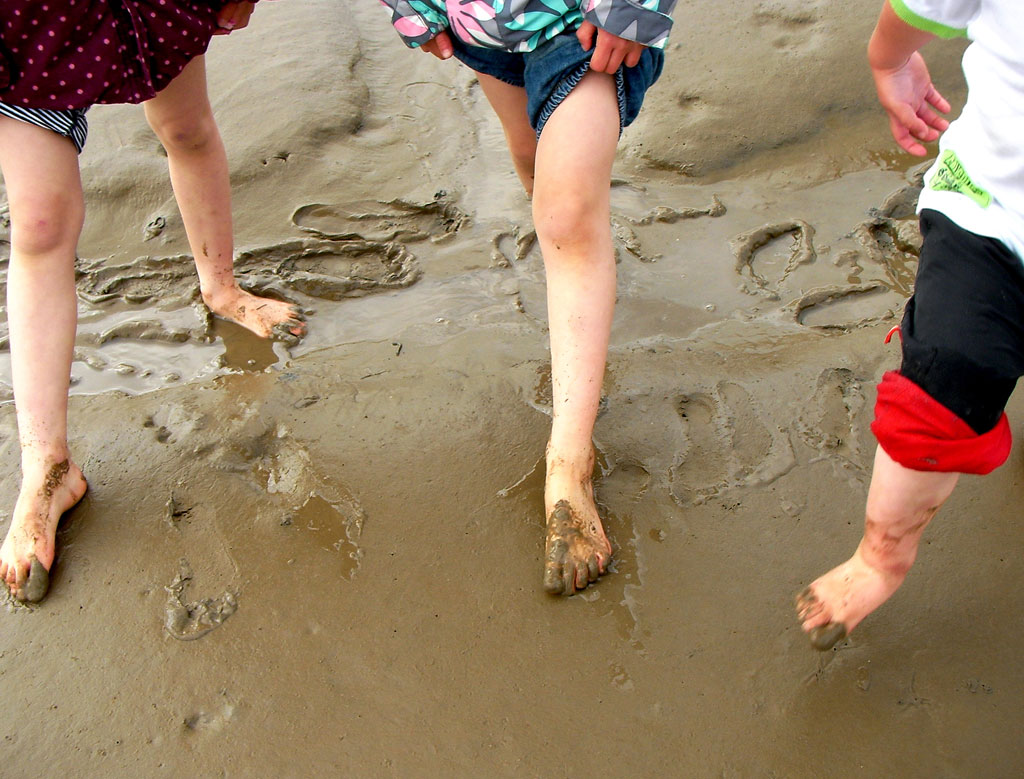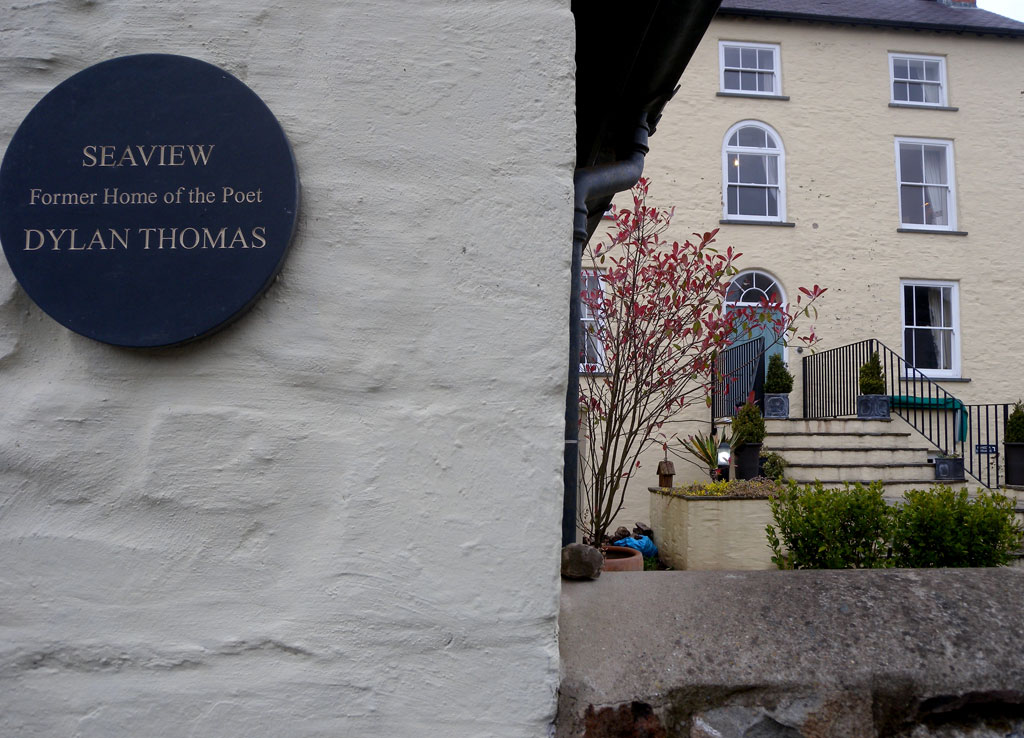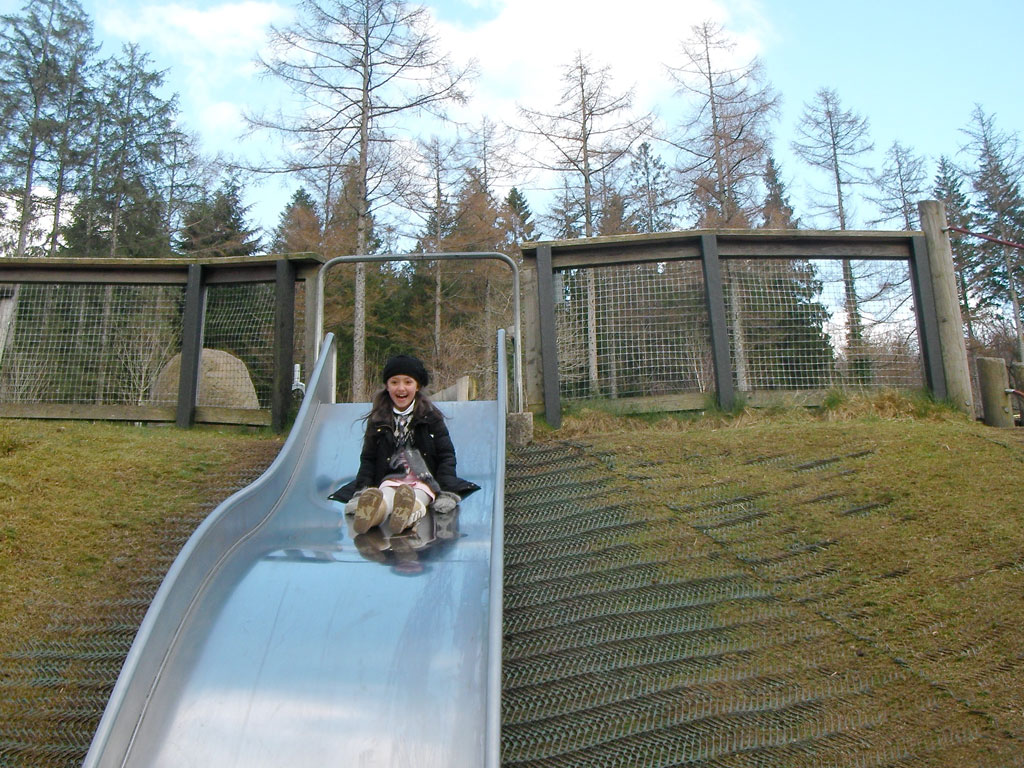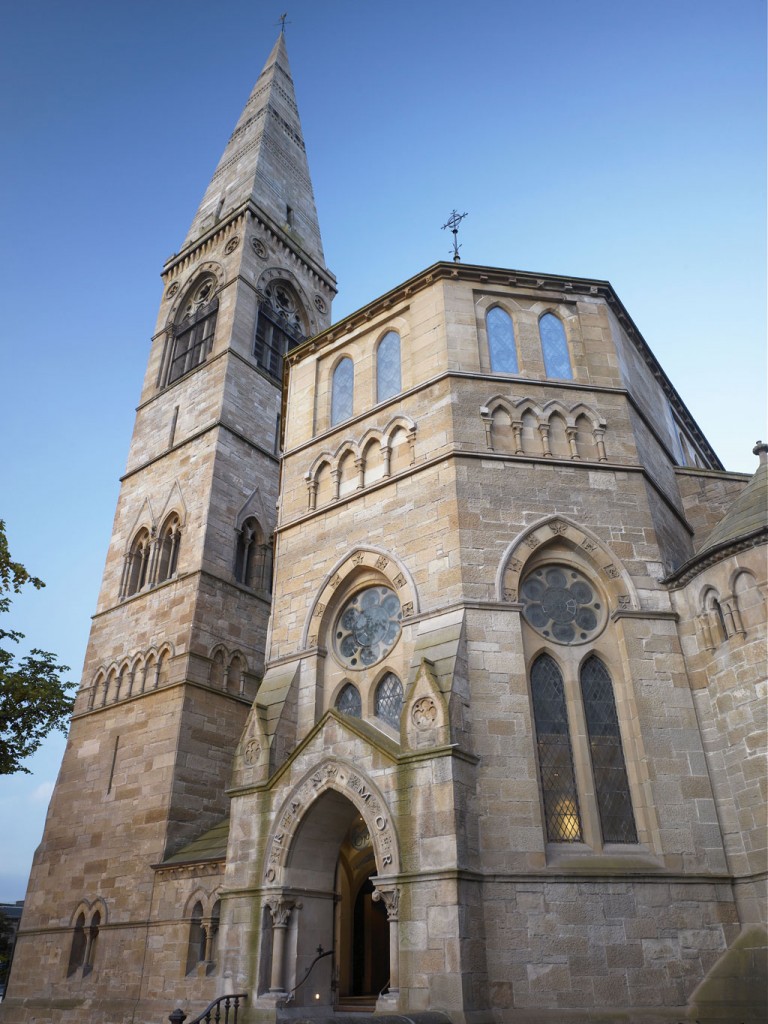
* I was back in Cumbria at the weekend, researching a story about forest exploration with kids for the Guardian – read it Saturday, August 3. Meanwhile, here’s another Cumbrian tale of folk legends and wild places from a previous family-travel assignment. Subscribe to the RSS feed for more stories from from my travel-writing archive.
I‘ve come to see a man about a knighthood.
It’s too late for the Queen’s Birthday Honours, I’m not planning a trip to Buckingham Palace and I’m not due an audience with HRH. But I’m still hopeful.
Huddled into a tiny, red ferryboat, I’m sailing away from the South Lakes mainland into the dark swells of Morecambe Bay. My destination? Piel Island, a 52-acre stretch of shingle beach and wild-flower scrubland, topped by a ruined 14th-century castle managed by English Heritage [pictured below].
I’m here to find Steve Cattaway, the current King of Piel Island and the man invested with historic powers to appoint the Knights of Piel.
Island kingdom
His rural fiefdom shows no signs of regal pomp and ceremony as I approach. The remote island community, formerly a retreat for the monks of Furness Abbey and an erstwhile hotbed of smuggling, is a designated Site of Special Scientific Interest. A community of wading birds and a couple of fisherman catching sundowners rather than mullet off the seaweed-slime pier are the only vital signs.
The landlord of the island’s 17th-century Ship Inn, complete with its smart new B&B accommodation and adjoining campsite, is traditionally crowned the King of Piel Island.
The tradition refers to an episode in 1487 when Lambert Simnel landed on the island, claiming that he was Earl of Warwick and, therefore, the rightful King of England. Simnel’s mercenary army subsequently marched on London only to be defeated by Henry VII at the Battle of Stoke. His attempt on the throne has been parodied ever since by crowning the pub’s landlord.
Today, the crowning of the new monarch is still performed in the original 17th-century chair, hollowed out from an old oak tree. The ceremony features the ceremonial use of an ancient crown and sword stored above the bar at the Ship Inn, and a thorough dousing in beer.
Steve was crowned in 2008, beating 350 other candidates to the job of landlord after a lengthy recruitment process. “It’s the ultimate honour,” says Steve, serving pints of local ale in the bar that night.
“It’s amazing to think my family name will be recorded in the history books.”
The next morning I join Steve for his daily constitutional around the island, a brisk, 30-minute stroll through the castle ruins, along the foreshore and past a huddle of six weathered-stone cottages kept as holiday homes by local families.
“The closeness to nature gets under your skin,” says Steve, looking out for oystercatcher eggs buried in hollows on the seashell-scattered beach. “When it blows a gale here, it’s fantastic. So cleansing.”
Kings and ladies
But by the end of the day my hopes of a knighthood are failing. The knights are, I learn, a select club with only some 30 knights and baronesses appointed over the last 50 years. The recipients are all people who have given selfless service to the island from rescuing lost fishermen to preserving the island’s natural environment. Many have been visiting since childhood.
The honour bestowed upon them entitles them, when shipwrecked off Piel, to a night’s free lodging plus all they can eat and drink.
Nina McMullen, an accounts manager from Barrow-in-Furness, has some advice for me. Nina is the island’s latest baroness, knighted at a ceremony in May this year.
She visits Piel every weekend and helped Steve and Sheila throughout the recent four-year refurbishment of the pub on an unpaid basis, including a stint serving drinks in a makeshift bar in mid winter. “Piel is a medieval island with modern facilities but traditional ideas,” she says, as sundown casts an amber glow across picnic tables in the beer garden.
“You keep coming back until, eventually, you become part of the family.”
After a fresh-seafood dinner I head off to Hawes Point, overlooking the southern nature reserve at neighbouring Walney Island with its community of grey seals, to contemplate my knighthood quest. The evening is perfectly still with only the call of owls and turns to accompany the dusk.
Finally I understand the lure of Piel: the island demands devotion but rewards richly those who return.
The next morning after breakfast, the pub is quiet. Sheila calls me into the conservatory area and lets me try out the throne for size – after a contribution to the local lifeboat fund.
As I settle into the historic seat of Cumbrian royalty, I may not yet be a knight of the realm, but I do feel like a king for a day.
* This story was first published in the Weekend FT in 2011.
Liked this? Try also, On the trail of the Romantics in Cumbria.
Your view? Post your comments below.



